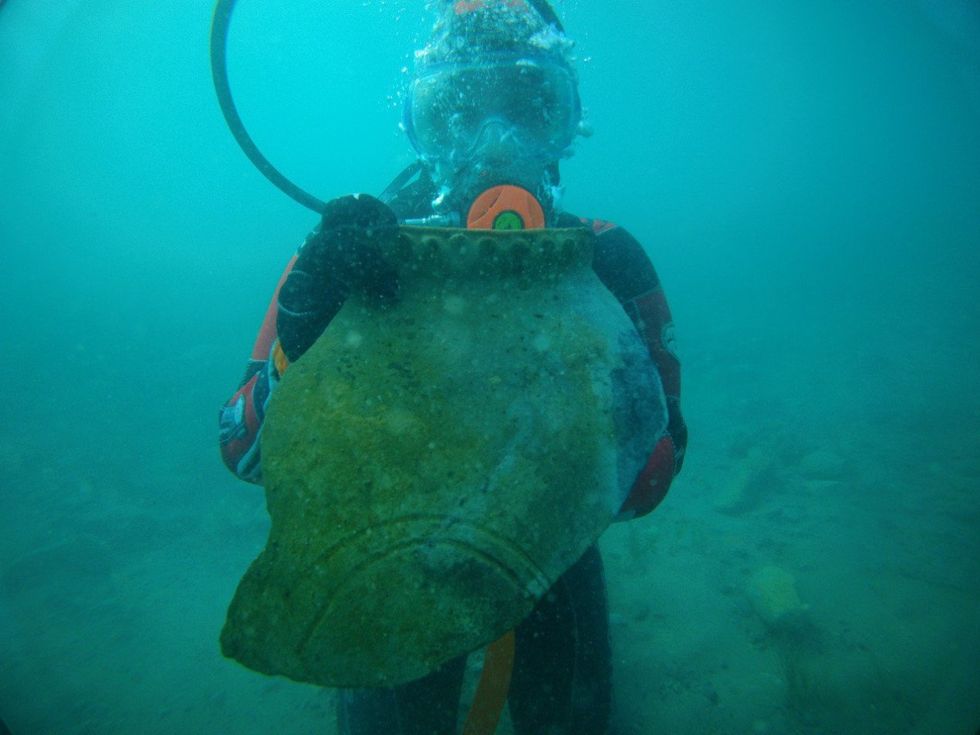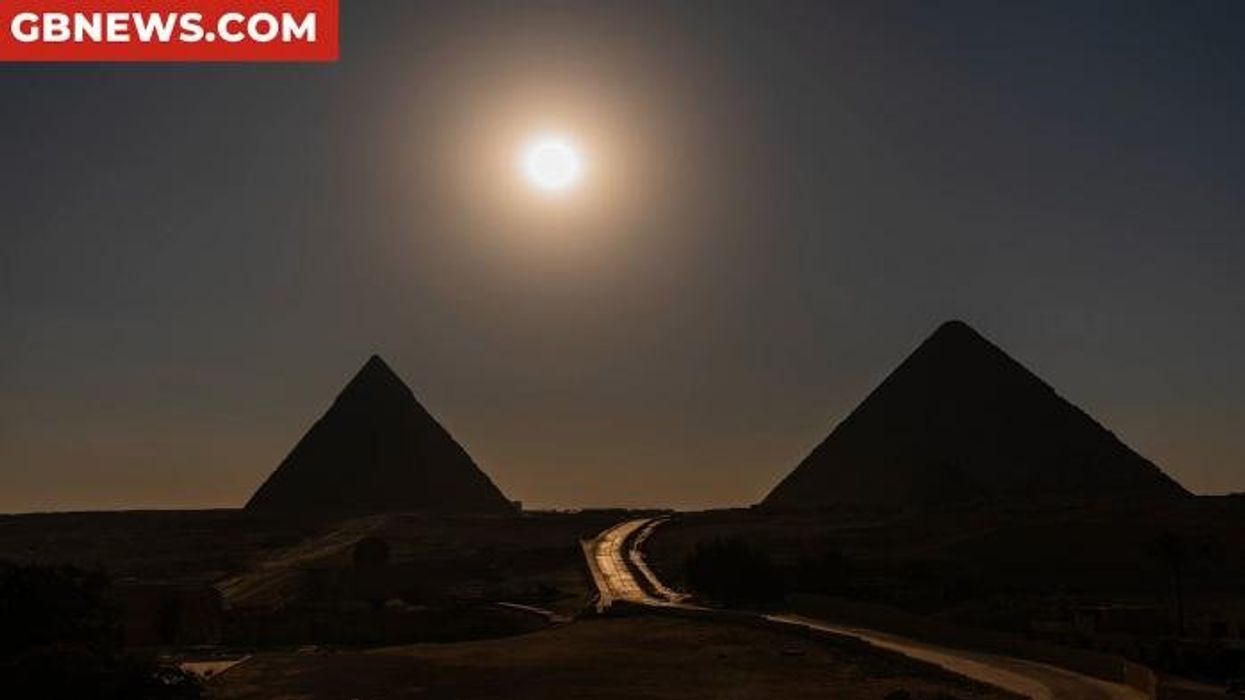Atlantis-like 'submerged city' destroyed by 'terrible earthquake' discovered by archaeologists
The site was found in one of the deepest lakes in the world
Don't Miss
Most Read
Latest
An Atlantis-like "submerged city" which was destroyed by a "terrible earthquake" has been discovered by archaeologists.
Researchers from the Russian Academy of Sciences uncovered "traces of a submerged city" in Lake Issyk Kul in Kyrgyzstan.
The lake is the eight-deepest in the world, with a maximum depth of 2,192 feet (668 metres), but the remains were discovered at a surprisingly shallow level.
A medieval burial ground, buildings made from bricks, and large ceramic vessels are among the items found at the Toru-Aygyr complex is situation in the northwest of the lake.
TRENDING
Stories
Videos
Your Say
Archaeologists analysed four different underwater areas near to the shoreline ranging from 3 to 13 feet in depth/
Researchers believe the city included Muslim prayer houses, schools, bathhouses and potentially a grain-milling system used to make bread.
A spokesman from the Russian Geographical Society, which funded the project, said: "All this confirms an ancient city really once stood here."
Valery Kolchenko, expedition leader and researcher at the National Academy of Sciences of the Kyrgyz Republic, added: "The site we are studying was a city or a major trading hub."

It is thought the city was submerged after an earthquake in the 15tgh century
|RUSSIAN ACADEMY OF SCIENCES
However, it is thought to have vanished after an earthquake in the 15th century which could be "compared to the Pompeii" disaster in terms of destruction.
Mr Kolchenko said: "According to our assessment, at the time of the disaster, the residents had already left the settlement.
"After the earthquake disaster, the region's population changed drastically, and the rich medieval settlement civilisation ceased to exist."
Samples from the artifacts found have been sent for analysis.
ARCHAEOLOGY BREAKTHROUGHS - READ MORE:

The discovery was made in Lake Issyk Kul in Kyrgyzstan
|WIKIMEDIA COMMONS
The items will undergo accelerator mass spectrometry dating, a highly accurate method that can determine the age of organic materials.
The "city of large commercial agglomeration" found at Toru-Aygyr was located on one of the most important sections on the Silk Road.
The network of trade routes connected East Asia with the Mediterranean and was used from the second century BC to the 15th century AD.
Not only was the Silk Road used for transporting and exchanging goods such as silk, gold and wool, it also facilitated the transmission of ideas, cultures and religions.
Ancient cities destroyed by earthquakes are a common theme in mythology, the most famous being Atlantis.
The legendary island is said to have been situated in the Atlantic Ocean, just west of the Strait of Gibraltar.
Ancient philosopher Plato is the main source of the legend, and described it as a rich island ruled by powerful princes.
Plato said that the Atlantians originally conquered much of the Mediterranean until they were eventually defeated by the Athenians and then the city was swallowed by the sea after an earthquake.











